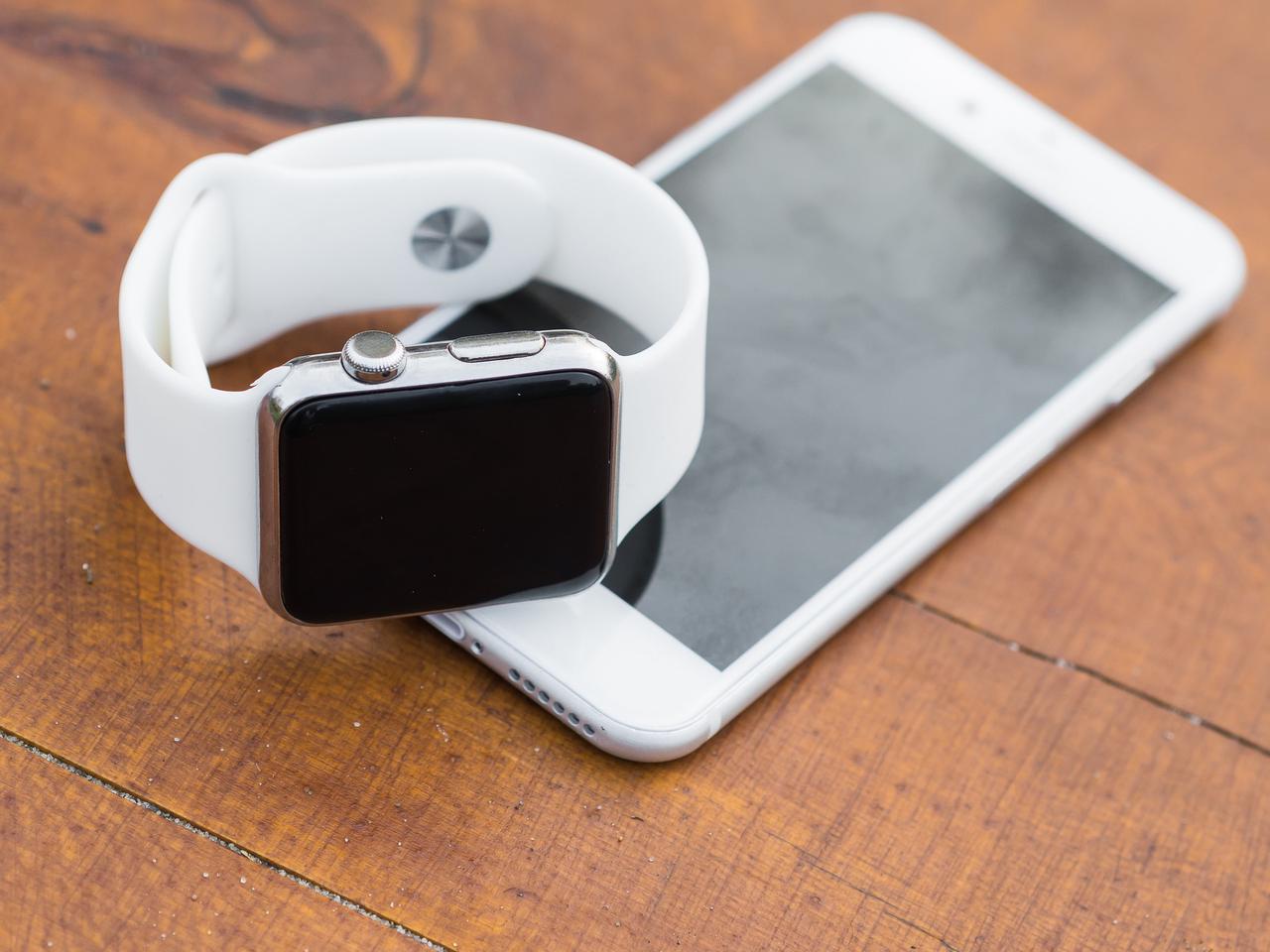Website designs have had to evolve over the last 20 years. We’ve gone from every website being viewed on desktop browsers alone to smartphones with browsers that require responsive design. If we thought our browser windows couldn’t get any smaller than what we have with smartphones, look no further than wearable technology. Web designers have again had to adjust their approach to aesthetics and user experience to compensate for an even smaller screen. At Doha, we understand that there are many specific changes that are a direct result of wearable technology. If you’re looking for answers to the question, “How does wearable technology affect web design?” we have it for you below.
Minimalism
Web designs can sometimes be intricate, with vibrant colors, animations, and videos designed to catch your eye. Designers are looking to make websites simpler when it comes to wearable tech, so there’s not nearly as much clutter with images and special graphics. Minimalism is taking overdoing style as a way to grab the user’s attention.
Responsive design
Most web designers work primarily in a desktop setting when they’re putting together a website. It’s larger and easier to see, fits better on the monitor they traditionally work on, and, until a few years ago, the desktop version of a website was the version search engines indexed first.
With the shift in emphasis toward mobile responsiveness, it’s saved web designers a considerable amount of time in going into the nitty-gritty of a website and making changes for smartphones and wearable tech. Before, designers needed to make two versions of each page on their website to ensure everything was displayed properly on mobile phones. The addition of smartwatches has called for more responsiveness across many devices.
Readability
Having to scroll infinitely through long articles makes them feel much longer than they really are. For instance, you might be willing to read an article that has an estimated read time of 12 minutes on your desktop computer or a tablet because the screen is bigger. Scrolling through a 12-minute article can get monotonous and laborious. What’s more, scrolling down on a smartwatch can be an outright bore. Readability plays a significant role in how website copywriters and bloggers create and structure the content for their websites.
Eliminated pop-ups
Pop-ups have been the bane of every internet surfer since they’ve been implemented. Mobile design has made them even worse as the window can sometimes extend beyond the boundaries of a mobile display screen and make them nearly impossible to close. The size of wearable tech has encouraged designers to remove pop-ups entirely as they can cause significant problems with usability on such a tiny screen.
Intuitive design
With smaller screens has also come smaller attention spans and patience. Users aren’t willing to scroll through websites to search for what they need. Websites need to be intuitively designed with simple navigation either on the navigation bar at the top of the window or within the home page of the site. What’s more, limiting the number of clicks that it takes for users to reach products, check out, and customer service. Intuitive design makes it easier for your customers to get around your website without getting frustrated and clicking away.
Reach out to learn more
You can learn more about wearable technology and see for yourself how web designers have pivoted (once again) to accommodate the user experience. Contact us at Doha by calling 1-888-DOHAINC or subscribing to our newsletter for more information about our subscription products. We’ll continue to address such questions as, “How does wearable technology affect web design?” and more.
